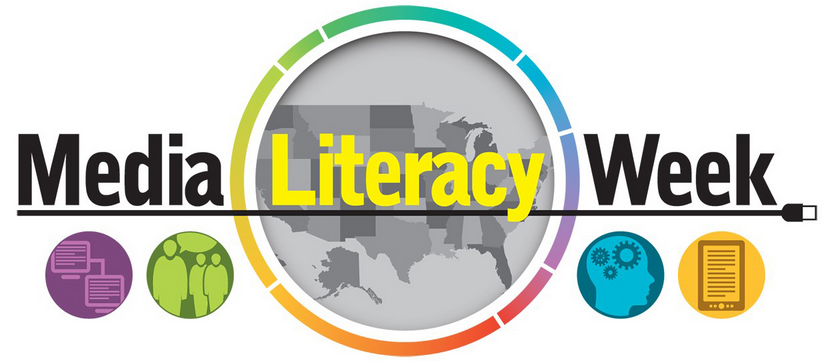 Oct. 31, 2016 Official first day of Media Literacy week which runs Oct. 31-Nov.4! Please share critical thinking tips and tools to create a more informed public, so we don’t have a plague of fake news, and bogus social media ‘shares’ sans fact checking and journalism reduced to content marketing! NAMLE has tons of resources and activities to make the week fun, festive and full of digital literacy to boot…so join in the effort to ‘show and tell’ why it all matters. “With great power comes great responsibility.” Fabulous Spiderman Graphic on Digital Citizenship…For more, don’t miss the recap of our DigCitSummit.com taking place at Twitter HQ this past Friday 10-28!
Oct. 31, 2016 Official first day of Media Literacy week which runs Oct. 31-Nov.4! Please share critical thinking tips and tools to create a more informed public, so we don’t have a plague of fake news, and bogus social media ‘shares’ sans fact checking and journalism reduced to content marketing! NAMLE has tons of resources and activities to make the week fun, festive and full of digital literacy to boot…so join in the effort to ‘show and tell’ why it all matters. “With great power comes great responsibility.” Fabulous Spiderman Graphic on Digital Citizenship…For more, don’t miss the recap of our DigCitSummit.com taking place at Twitter HQ this past Friday 10-28!
Original Post: Oct. 12, 2016
What IS media literacy? “Critical thinking” “BS meter” “Decoding” “Discerning bias” “Point of view” Understanding what’s coming at us” “Spotting the spin” “Being able to read the media cues” “Crap detection” “Analysis of where the money’s comin from” “I honestly have no clue” “A radar for vested interests” “Whose voice and views are heard?” “Deconstructing what’s real or not!” “A 3D view finder; a lens for objectivity” “Analyzing propaganda “Figuring out news vs content marketing and disinformation”…These are just a FEW of the “shoutouts” when I’ve asked this question over time…
It’s self-evident why stakeholders like Shaping Youth and NAMLE, (National Association of Media Literacy Educators) have such a tough time trying to squish the concept of media literacy into today’s tiny Twitter-sized ‘sound bite’ boxes, especially when it’s perhaps the most important 21st century learning skill we can impart.
As a proud partner of Media Literacy Week at month’s end (Oct 31-Nov. 4 #MediaLitWk) we’ll be using NAMLE’s vast resources to participate fully, and ask teens, educators, parents and peers:
“How do we get people thinking beyond the surface to ‘access, analyze, evaluate, create, and ACT’ using all forms of communication?”
In the weeks leading up to Media Literacy Week, we’ll be adding expert voices and views into the mix of all ages and include wisdom gleaned from teens across 50 global and local organizations at the first ever Worldwide Women Girl Fest in San Francisco Oct. 15, 2016 this weekend.
I’ll be taking a media and marketing industry approach, asking youth directly if THEY feel media literacy needs a ‘brand extension,’ a tweak, or an entire overhaul to keep it relevant and make sure it’s understood. And if not, we’ll look at how to preserve the ‘brand equity’ while reframing the conversation…without completely starting from scratch.
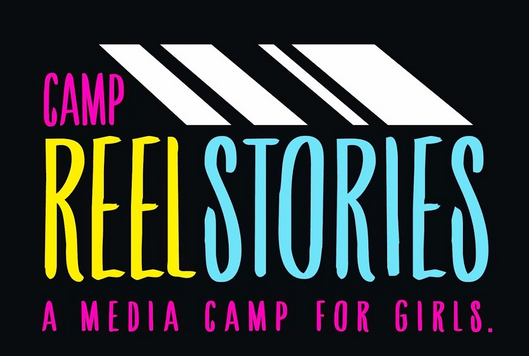 I’ll also interview the media maker teens of Camp Reel Stories, an Oakland based hands-on media making program with 13-18 year old high school girls at the helm dedicated to critically viewing and thoughtfully creating media as they aspire to leadership in their field.
I’ll also interview the media maker teens of Camp Reel Stories, an Oakland based hands-on media making program with 13-18 year old high school girls at the helm dedicated to critically viewing and thoughtfully creating media as they aspire to leadership in their field.
Today’s media literacy spotlight is the first in our series, featuring Camp Reel Stories Founder Esther Pearl.
Camp Reel Stories believes when girls are better represented behind the scenes in the media, they will be better reflected on the screen…so the workshops and camps they offer swing the back doors of STEAM and STEM wide open toward allied fields, from sound engineering and animation to virtual reality architecture and the science of special effects pre and post production.
Camp Reel Stories is the only nonprofit media program of its kind led by professionals within the media industry, and I’m notably excited about all of our overlap and mutuality in the hands-on, real life storytelling sphere.
Just as Shaping Youth uses the power of media itself as a teaching tool to change the channel of influence, Camp Reel Stories asks youth to upend existing scripts altogether and create their own narrative…while amplifying the need for provoking thought and reasoning. Here’s our first spotlight in our Media Literacy Week series…
Shaping Youth Spotlight: Camp Reel Stories
In Conversation with Founder, Esther Pearl
Amy Jussel, Shaping Youth: Let’s start with the role of media literacy, which is SO imperative in our heavily mediated (and pervasive/persuasive) pop culture today. I’ve recently written about best practices when “Powered by Girl” and the nuance of working directly with teens to support them. So I’ll start with the obvious…
Is the phrase “media literacy” even relevant with youth? Or as one of our NAMLE leaders, Sherri Hope Culver asked, “Does media literacy need a makeover?”
Are there better words or touchpoints that resonate with teen peers? What are some of the phrases you use in your work to impart thoughtful media analysis, and what obstacles if any, have you come across using the term ‘media literacy’?
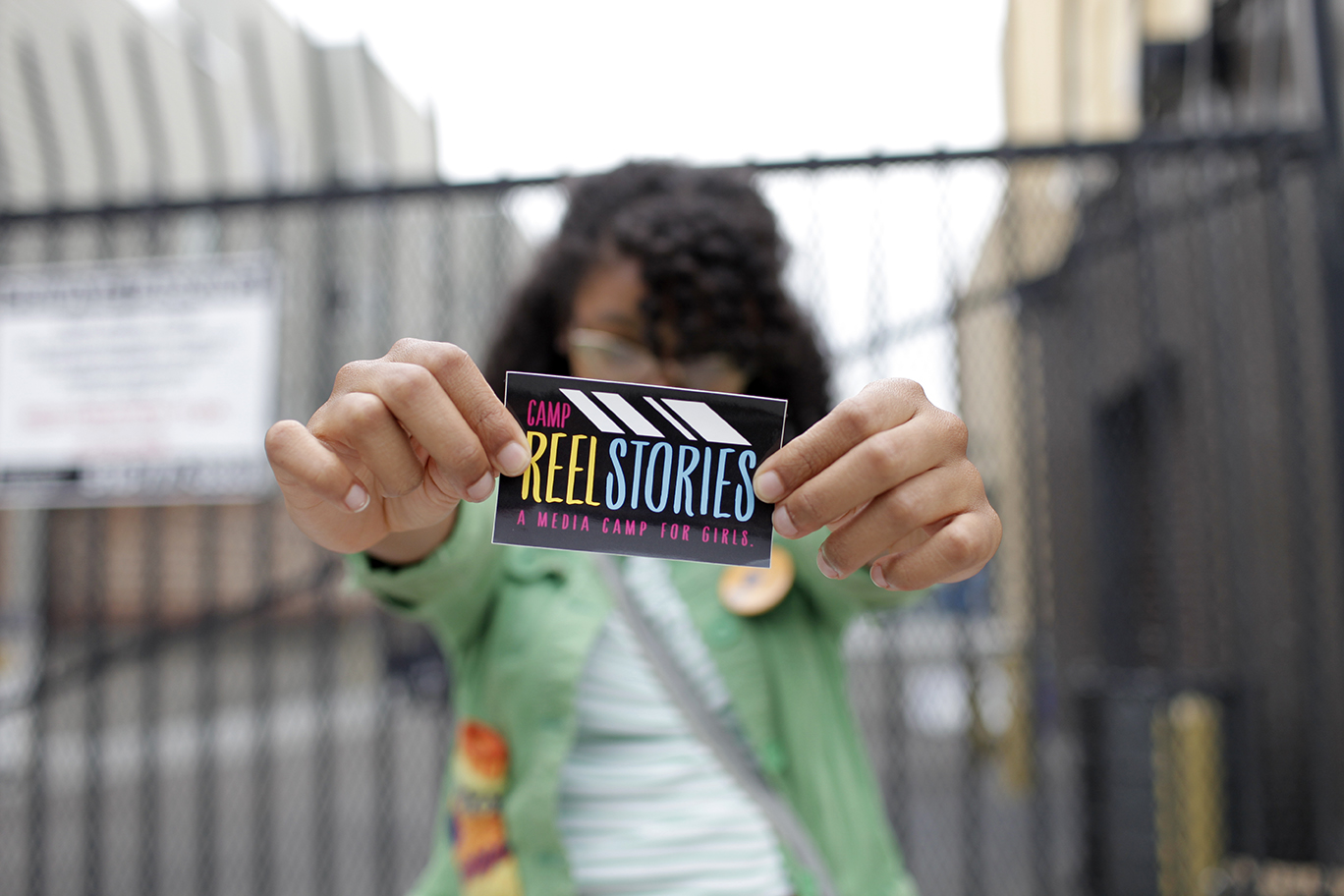 Esther Pearl, Founder, Camp Reel Stories: We haven’t found that girls’ eyes glaze over with the term, but I think often the term media literacy is used ineffectively. It’s just used to look at current media critically and often in a way that doesn’t necessarily take the girls’ opinion in to account. By just bashing current media it’s very shaming and not very solution oriented. At CRS girls get to both view current media thoughtfully and create media that matters to them, so we are a true media literacy organization.
Esther Pearl, Founder, Camp Reel Stories: We haven’t found that girls’ eyes glaze over with the term, but I think often the term media literacy is used ineffectively. It’s just used to look at current media critically and often in a way that doesn’t necessarily take the girls’ opinion in to account. By just bashing current media it’s very shaming and not very solution oriented. At CRS girls get to both view current media thoughtfully and create media that matters to them, so we are a true media literacy organization.
We let the girls lead the discussion and what we find is super interesting. They are often two steps ahead of us, by seeking out characters, shows and YouTube videos that are more diverse and have really complex characters.
It’s great to hear what 13-18 year olds are into and it’s so obvious that the market is missing out on a huge opportunity. And sure sometimes, like everyone, they like trashy TV… There’s nothing wrong with that if you have tools so you can view it without affecting self-esteem. Where things get tricky and super interesting in our program is when we go through creative exercises to get them thinking about their own projects…To get them to EXPAND their storylines BEYOND the limited roles, stereotypes and tropes that are often presented to them in the media. It’s great to see them expand their thinking, realize the stories that they have in mind are very interesting, and acknowledge the only reason they aren’t seen them is a lack of imagination by the industry.
Shaping Youth: Let’s talk about MEDIA being an entry point to STEAM/STEM studies for girls…
It’s mind-boggling to me that there aren’t enough people connecting the dots between using MEDIA itself as applied science…From Khan Academy’s Pixar in a Box animation/mathematical curriculum conduit to the “Inclusiveness Quotient” gender/data algorithm created in collaboration with Geena Davis Institute on Gender and Media and tech giant Google, it’s so logical to look at media making itself as a STEM solution, using innovation for education, rather than limiting focus to just “coding and hackathons.”
How do you think Camp Reel Stories could best serve and scale student produced media by 13-18 year olds to nourish these skill sets merging storytelling and creative sciences to reposition the larger STEAM opportunity? (Adapt current curriculum? Creating extracurricular clubs? Community-wide student media contests? After school/enrichment programs? What’s your vision? And where would you like to take it?)
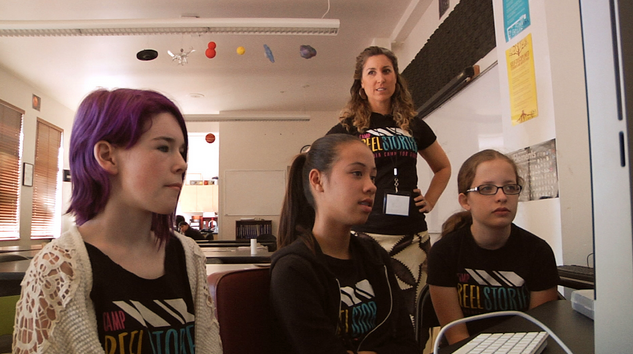 Camp Reel Stories: The great news is that many young people have access to a better camera on their phone then I had in film school. At Camp Reel Stories we want to encourage young women to not wait for permission to start telling stories that are meaningful to them.
Camp Reel Stories: The great news is that many young people have access to a better camera on their phone then I had in film school. At Camp Reel Stories we want to encourage young women to not wait for permission to start telling stories that are meaningful to them.
What happens in one week at CRS is a three pronged approach, 12-18 year old girls are exposed to all sorts of career possibilities in the media since our workshops and career chats are led by leaders in the media industry. They learn how to create their own media on technology that is accessible to them and they work with our experts to gain a critical eye to the media they are currently ingesting and see where their leverage points for change are. So we can scale all or just one of these elements. We are looking at all sorts of possibilities to scale. We are expanding to LA and adding year round programming to the Bay Area. We even have a student board member who is staring a Reel Stories Film Club at Oakland Tech. The problem is so huge. Virtually no progress has been made in the film and television industry in years so the possibilities are equally vast.
Shaping Youth: Last week our friends at Black Girls Code embedded their positive STEM messaging directly into the hit TV show Empire, which amplified their cause in a direct ‘see it, be it’ form of product placement. The character Cookie in the scene asks Dubois what Black Girls Code is all about, to which he replies, “This is the future—this, right here. This is how we rise.”
As I wrote in this piece on Hollywood Prime Time Cues to Kids Being Ingested (for Better or for Worse) there’s a strong media “opportunity” to reframe roles, smash stereotypes, impart knowledge and inspire positive behavioral cues through storytelling and embedding plot points into scripts. It’s massive…I want to consult with media producers on this! So what narratives, character development, role models and traits do YOU feel are absent and need addressed? What are some shows where prosocial storylines could blend into the mix and reflect a healthier worldview? Ideas for same?
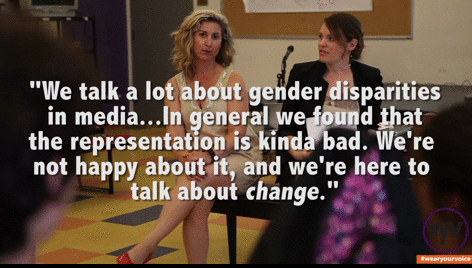 Camp Reel Stories: I haven’t seen the episode yet, but I was so excited about that. At CRS we hammer in the idea that “if you can’t see it, it’s really hard to be it” all the time. I think what Empire did was great and authentic and hopefully it will lead more shows to do the same. I mean it’s really so easy and really so silly, count the characters, are there and equal amount of women and men? If not, why. Does everyone look the same? Why?
Camp Reel Stories: I haven’t seen the episode yet, but I was so excited about that. At CRS we hammer in the idea that “if you can’t see it, it’s really hard to be it” all the time. I think what Empire did was great and authentic and hopefully it will lead more shows to do the same. I mean it’s really so easy and really so silly, count the characters, are there and equal amount of women and men? If not, why. Does everyone look the same? Why?
Empire has done a great job of pushing the boundaries with so many of their characters and creating complex characters and the show’s popularity has soared because of it. But again, I think the lack of representation on the screen is because of a lack of representation BEHIND the scenes. If the writer’s room is all male and white it’s going to be hard for them to think beyond their own story lines and experiences. Even at CRS we often try to reframe shows that DO have good or positive female representation and pivot the story to focus on intersectionality…Focus on a secondary character that is female and African American or Female and Queer and have the story focus on that character. What would change or remain the same in say Pitch Perfect or Mean Girls?
Shaping Youth: What inspirations do the girls draw from? Are there new fall season shows on their hit parade? Pros/cons and picks/pans?
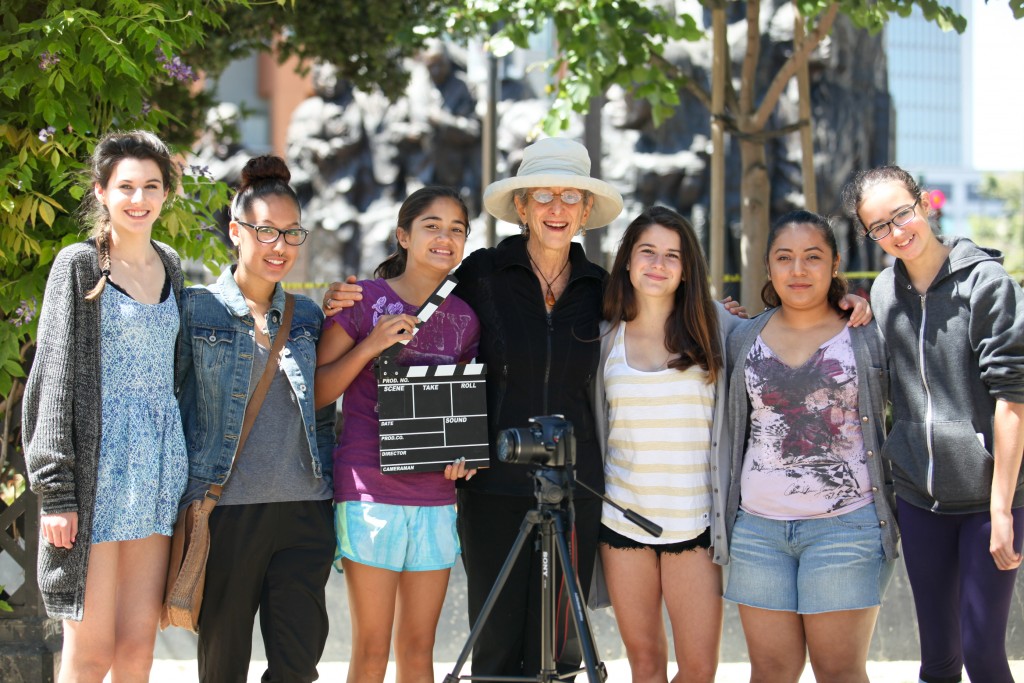 Camp Reel Stories: I really don’t think teenagers watch tv as much anymore, or at least they don’t admit it at CRS. If they do they seek out shows, it’s on Amazon, Netflix or YouTube…These young ladies have all the technology at their fingertips to share what they like and don’t. Especially in the Bay Area our young people are the taste makers for the country.
Camp Reel Stories: I really don’t think teenagers watch tv as much anymore, or at least they don’t admit it at CRS. If they do they seek out shows, it’s on Amazon, Netflix or YouTube…These young ladies have all the technology at their fingertips to share what they like and don’t. Especially in the Bay Area our young people are the taste makers for the country.
Again, I think it’s a huge market opportunity to get young women to create media that is meaningful to them. CRS likes to focus on the positive, so we try to highlight films throughout the year that are made by women and are about women and organize movie nights, since we have so many professionals who come to camp we also highlight their work. Meera Menon came this summer before her film Equity opened nationwide so we arranged a film night to see her film. We use social media to continue to connect about shows and films that might otherwise have a hard time finding an audience…
Shaping Youth: What are some of the recurring themes that come up consistently with teens storyboarding and presenting idea pitches? And what media platforms, activities, ideas are among your most popular or successful?
Camp Reel Stories: The most awesome thing about CRS is we get 100 girls and a 100 different ideas. We have horror films, sci-fi, documentaries, MOCKUMENTARIES, narrative. Since the camp is only 5 days long it really comes down to what they can realistically get done in that amount of time, but now that we are bringing in virtual reality the possibilities are endless. Certainly we have a good portion of films about what being a girl is like. But even that theme is diverse, we have had docs about consent, self esteem, media and it’s influence, gender norms. It’s incredible to see what they can get done in 5 days and how they use both the professionals in the room and their own peers to hone in on their story and tell it in and engaging, efficient and succinct way.
Shaping Youth: You are the only media program led by professionals in the Media Industry, how much does this “first person” storytelling by experts with direct knowledge lend credence to the career paths? What are some ways or plans for scaling this via media?
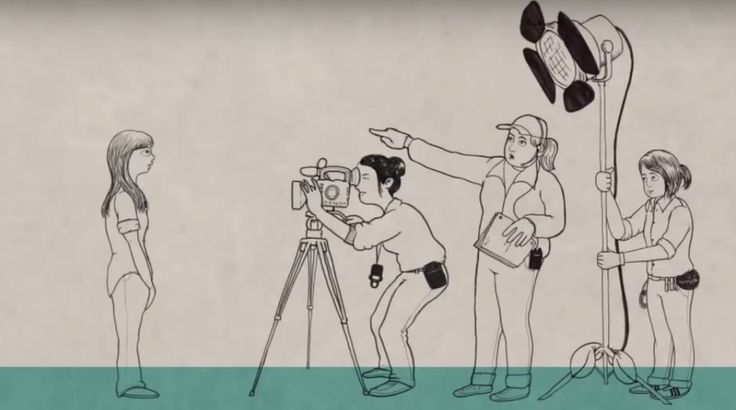 Camp Reel Stories: We want girls to know how many different career paths exist in this industry and this industry is shifting under our feet with the rise of YouTube, Vine and Instagram, etc. Even in film programs you may learn about directing and maybe producing, so our young women meet with editors, sound engineers, screenwriters, documentary filmmakers, big budget producers, independent filmmakers, after effects and graphics artists. They get to hear about the difference between pre-production, production and post-production jobs…What it’s like to work on a commercial versus and live action feature. They can start seeing themselves in some of these roles and hear how they got there. Also this is an industry where “who you know” can open some serious doors, so in high school these girls can start making those connections.
Camp Reel Stories: We want girls to know how many different career paths exist in this industry and this industry is shifting under our feet with the rise of YouTube, Vine and Instagram, etc. Even in film programs you may learn about directing and maybe producing, so our young women meet with editors, sound engineers, screenwriters, documentary filmmakers, big budget producers, independent filmmakers, after effects and graphics artists. They get to hear about the difference between pre-production, production and post-production jobs…What it’s like to work on a commercial versus and live action feature. They can start seeing themselves in some of these roles and hear how they got there. Also this is an industry where “who you know” can open some serious doors, so in high school these girls can start making those connections.
This year we had our first graduating class come back and volunteer for us. Girls that got interested in film because of CRS and are now in Media Programs in college and want to volunteer. That is pretty great and we hope this is just the beginning of that growth…
Shaping Youth: Finally last year’s first ever Media Literacy Week in the U.S. had hundreds of events and activities going on nationwide, (highlights here) with a coalition of about 117 partners…will you be joining in the fun at the end of the month? Have anything in mind yet?
Camp Reel Stories: Yes! We do plan on getting involved with Media Literacy week…We are excited to meet with our student board members and have THEM come up with ways to engage.
Shaping Youth: Thanks, Esther…looking forward to more media literacy conversations and collaborations in critical thinking to get all students on deck assessing, creating, and innovating.
For more Q&A with Esther Pearl check out Diablo Magazine’s recent coverage their mission highlighted in their initial promo video below, and their timely topics like the upcoming Camp Reel Stories two-day virtual reality workshop taking place October 22-23, 2016.
Also noteworthy for Camp Reel Stories, the theme for Media Literacy Week in Canada 2016 is Makers and Creators! Perfect alliance…
Tune in for more Media Literacy Week spotlights on organizations dedicated to media literacy, and share your own ideas and programs adding to Media Literacy Week’s calendar of events happening throughout the nation.
Educators, check out NAMLE’s “Teacher Page,” toolkit and wealth of resources.
Help us help others instill best practices early and often, as we look to new, fun, fresh ways to thread through the fabric of inter-disciplinary subject matter, and progress to permanent policy through the hard work of organizations like Media Literacy Now.
To kick off Media Literacy Week Oct. 31, we’ll be joining NAMLE Oct. 28 to “Be the Digital Change” and impart digital and media literacy through this year’s Digital Citizenship Summit.
I’ll be on site at Twitter Headquarters Oct. 28, 2016 where CNN’s Kelly Wallace keynotes but you can attend from anywhere! The event will host a FREE LIVESTREAM 9-5pm PST.
Here’s a glimpse of some of the coverage I wrote about last year focusing on digital citizenship, you’ll find a full website of speakers and activities for the using the DigCitSummit.com URL and hashtag on Twitter…Join us!
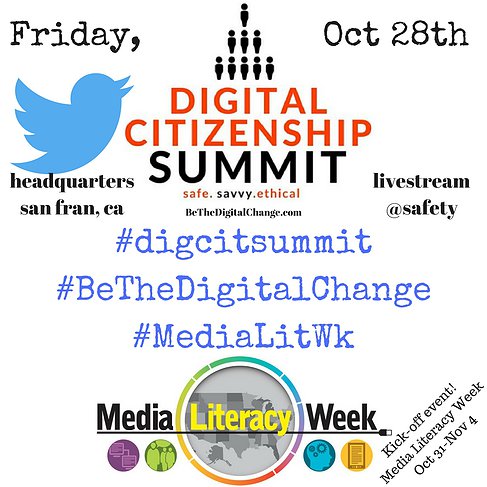









The critical thinking bias and disinformation objectives are shared for the readers. The great movie and content marketing questions are arguments with this post. The great section and good shaping materials are added here. The non profit programs and mutual storytelling is possible for this post. The excited programs and professional media works are provoking here. The teaching tools and major influencing channels are given for me. Really nice approach and collecting more main points